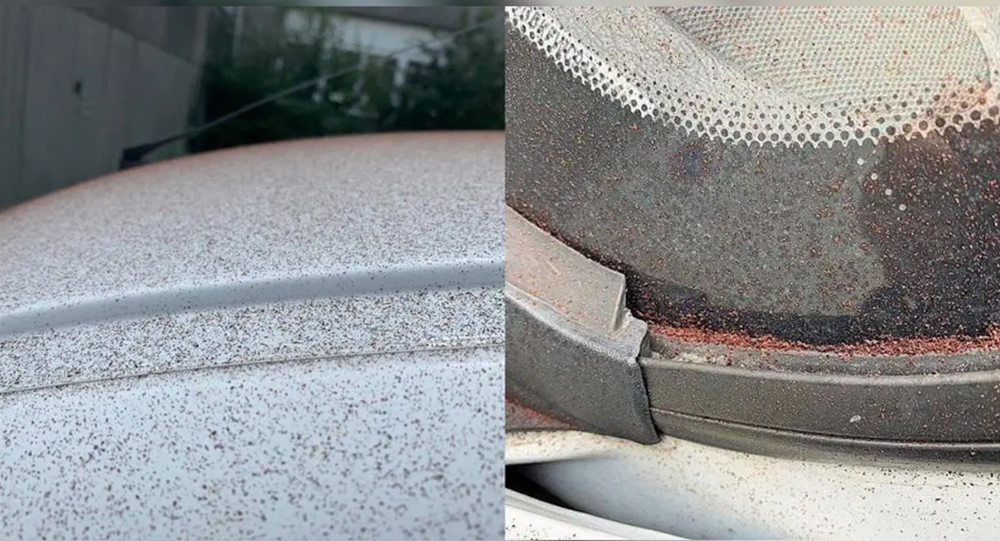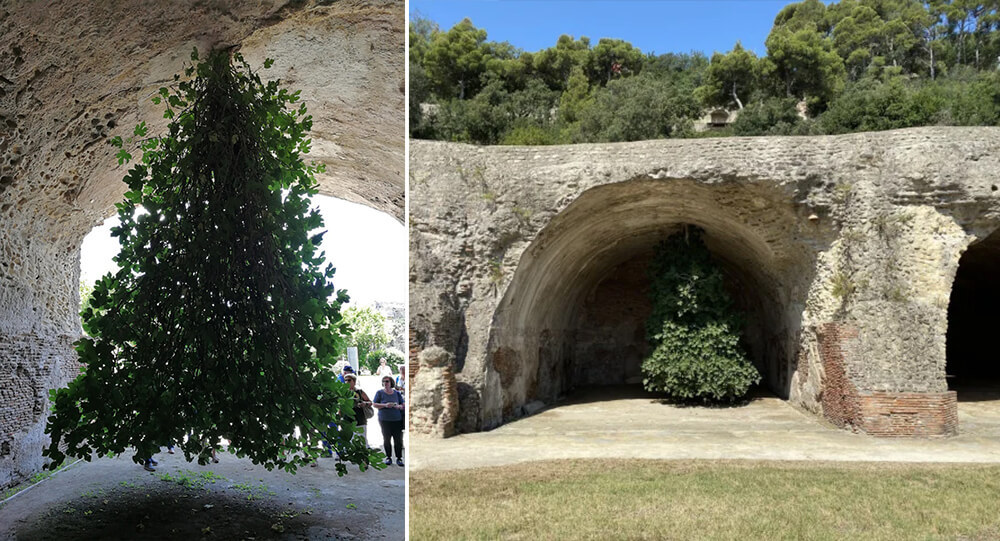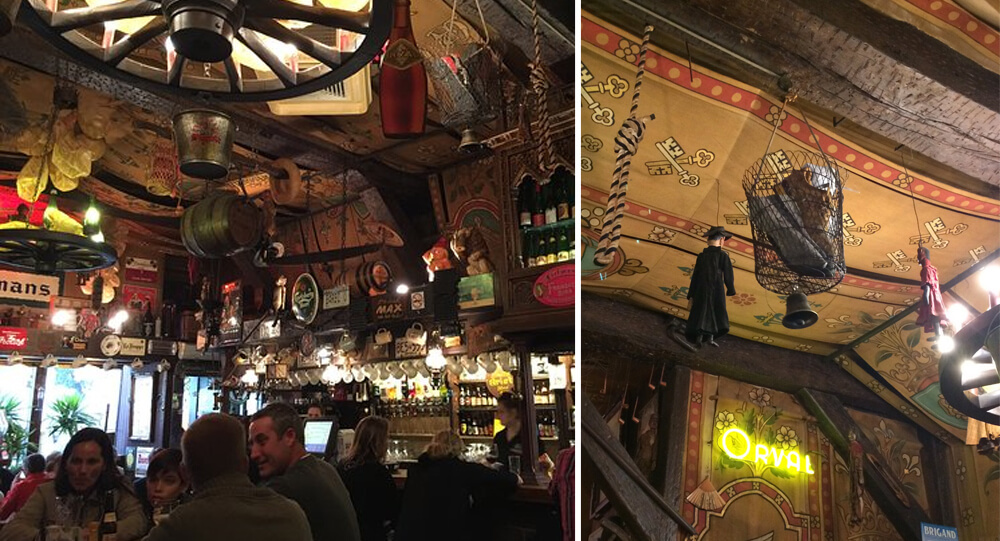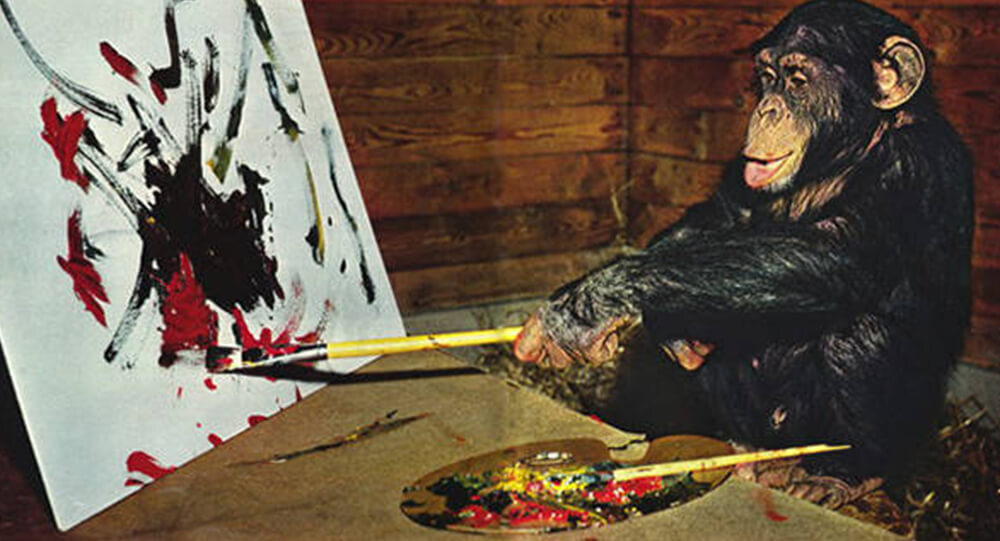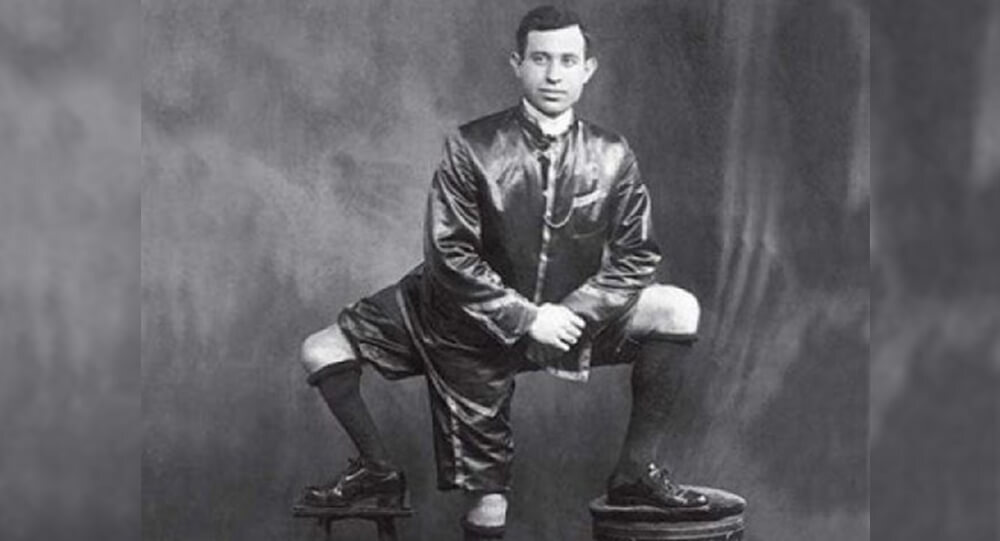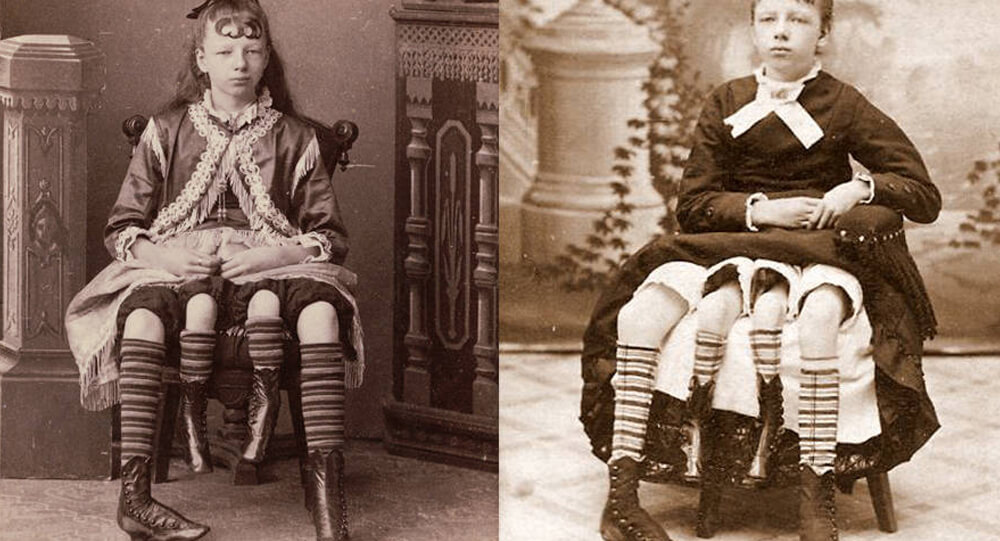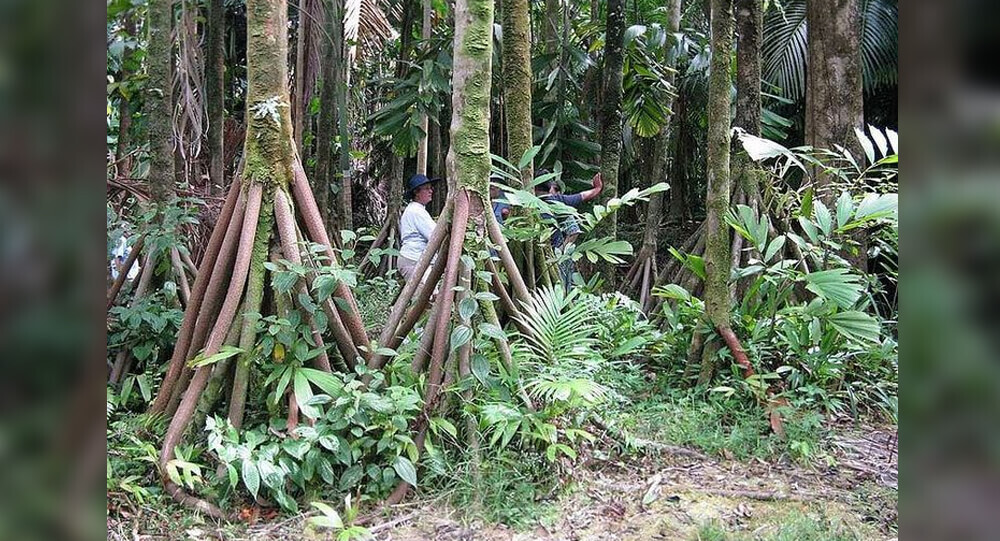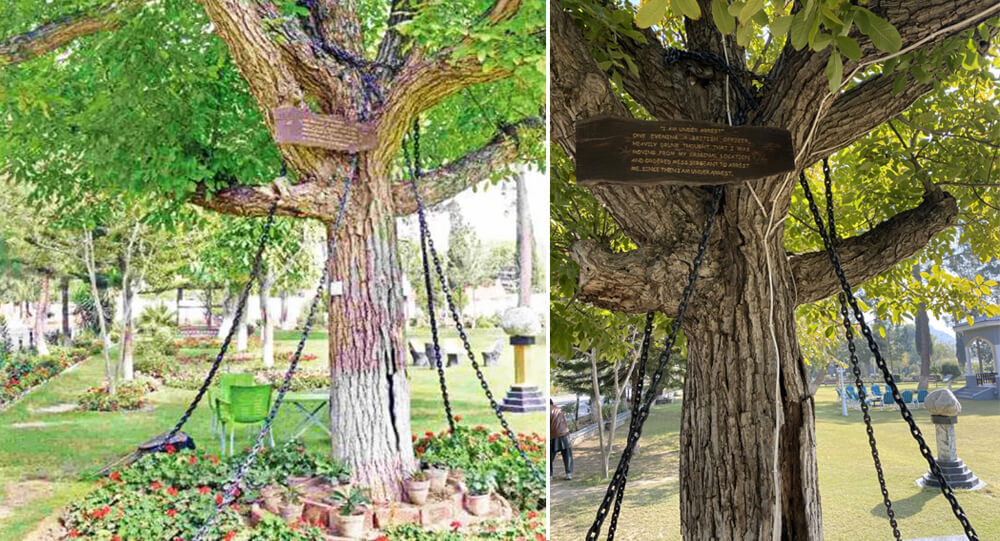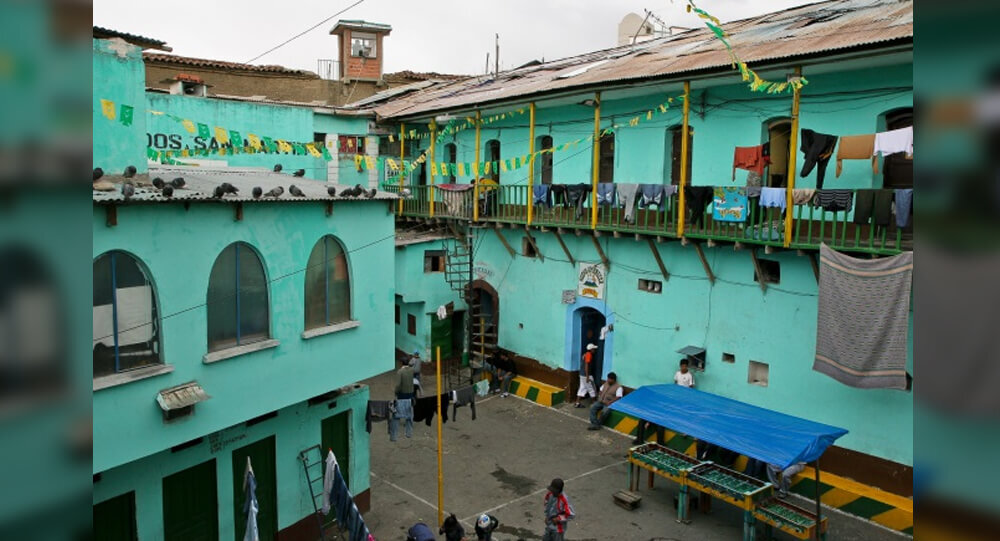
Welcome to San Pedro, the world’s strangest prison. It takes up an entire city block in the heart of La Paz and faces a lovely plaza. Everything appears normal from the outside. When you look around the lush plaza, you will see old men sitting on benches feeding pigeons and colorfully dressed indigenous women standing by carts pressing orange juice. Police officers in green uniforms are slouched against the 15-meter-high yellow wall at the entrance to the prison. The madness doesn’t start until you pass through the massive iron gates. The sights that welcome you inside are representative of a typical Bolivian street scene. Men socialize while moving about. Women may roast meat on gas stoves or carry food sacks. Little girls are playing hopscotch and laughing. Shoe shiners are young boys. Under tables, unkempt cats and malnourished dogs snooze. Coca-Cola logos are painted on the walls. Nobody has on a uniform. And not a single guard can be seen. Is this really a prison for men?
Churches, market stalls, and restaurants can be found by taking a stroll through the maze of corridors. You can see classrooms, a gym, a pool hall, and small businesses as you ascend rickety wooden staircases. Even a football field and childcare facility are present. Why is there a place here that is more like a city within a city than a prison?
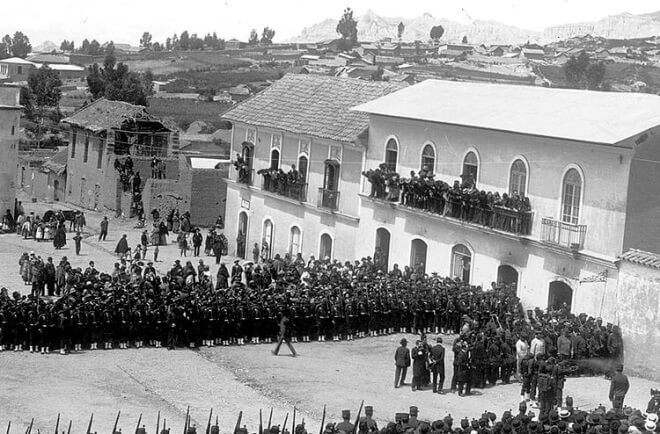
Plans for San Pedro were created in 1850 as a result of an architectural competition. However, the winning design wasn’t built until 1895 due to a lack of funding. 250 prisoners were supposed to live there. It now houses up to 2,000 men, the majority of whom were convicted as a result of the “war on drugs.” This led to severe overcrowding but did nothing to address the underlying issue, which was a lack of funding.
The most impoverished nation in South America is Bolivia. Its police and government are well known for being corrupt. In the majority of federal prisons, inmates get no more than a bowl of bland soup per day. As a result, San Pedro inmates manage the prison on their own and function as a separate community. They have created laws, a political structure, penalties, and a highly developed economy.
San Pedro is comparable to a hotel in terms of prisons. Its convenient location makes visiting with family simple. The conditions are much more relaxed than in other “US-style” prisons like Chonchocoro because it is a minimum-security facility. As a result, San Pedro is very popular.
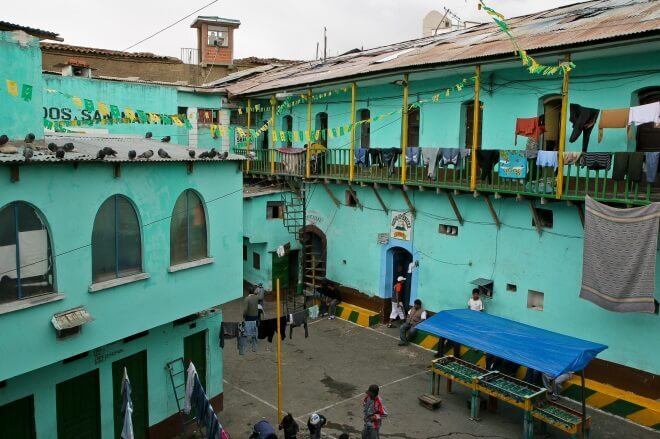
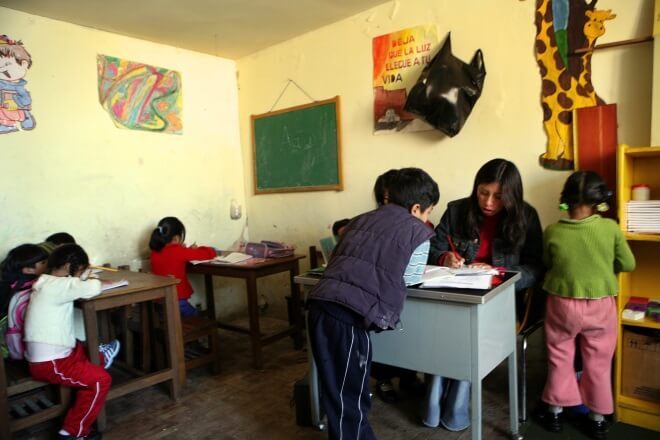
New prisoners must buy their own cells, to which they are given the key. With a departing prisoner, a price is negotiated in US dollars. After signing a sale-purchase agreement, an official property title deed is created.
Each cell is unique. Prices vary depending on location, size, and quality. The eight sections—which resemble tiny suburbs—are rated using a system akin to that used by hotels. Rich inmates reside in the five-star section in roomy, carpeted, furnished quarters with en-suite bathrooms and city views. These “cells” cost up to US$30,000 to buy, and they resemble luxurious apartments. In contrast, filthy one-star sections have up to five men crammed into cheap, tiny hovels called “coffins,” which are called that because they only cost a few hundred dollars.
Even new cells can be built or renovated by the very wealthy. The size of his cell didn’t sit well with Bolivia’s most notorious trafficker, “Red Beard,” who had been apprehended with 4.2 tonnes of cocaine in his own plane. He, therefore, added a second story. Additionally, he installed cable television. A politician I met there had a huge library and a jacuzzi in each of his rooms.
“San Pedro inmates run the prison themselves, functioning as an independent community. They have developed rules, a political system, and punishments, as well as a highly sophisticated economy”
You can rent if you are unable to purchase. In fact, wealthy inmates often buy up ‘properties’ as investments. Finally, a bill for the water and electricity they used is given to them at the conclusion of their “stay.” If it weren’t so gravely serious, this could all seem like a silly Monopoly game. One of the world’s highest cities, La Paz is located 3,600 meters above sea level. Temperatures drop significantly at night, so you don’t want to be without a cell. As a result, numerous prisoners have died from exposure.
Inmates must pay for more than just housing; they must also buy food, clothing, and medicine. They must therefore work in order to survive. Running errands, shining shoes, selling phone cards, doing laundry, serving customers, managing small businesses, and even selling handmade goods are among them.
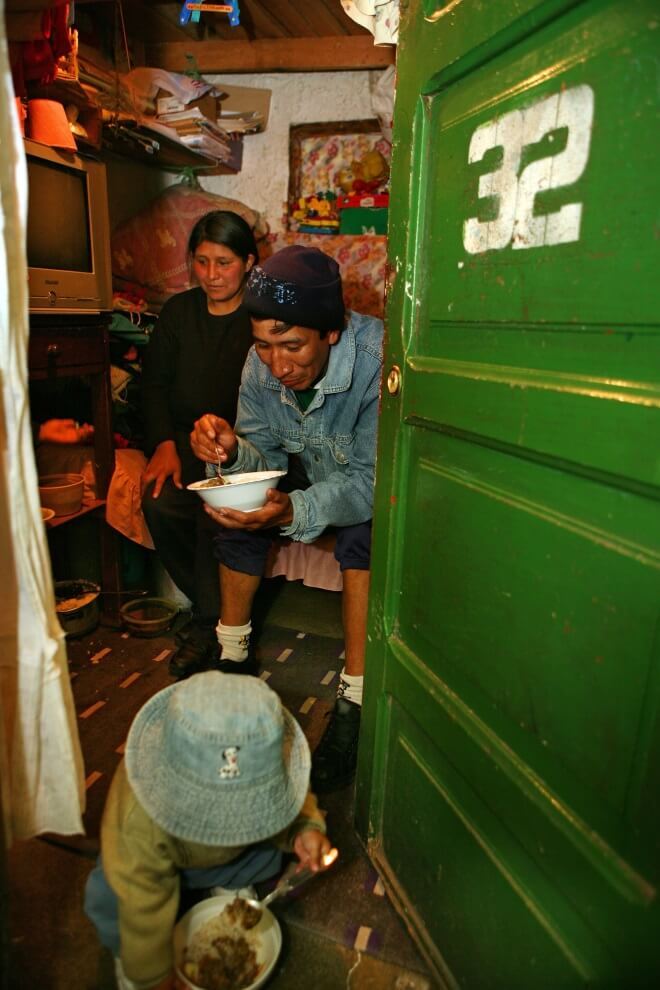
The government permits the inmates’ wives, girlfriends, and children (approximately 2,103 children according to a recent government survey) to reside inside the prison as a gesture of goodwill toward their difficult circumstances. Every morning, crowds of kids leave for school wearing their uniforms and carrying their backpacks. They go back to their fathers’ cells in the afternoon to finish their homework. Since inmates maintain contact with their families and the outside world, the government touts this as a progressive policy. Work requirements and personal accountability help with rehabilitation and reduce the likelihood that an offender will later commit another crime. San Pedro is not exceptional in this way. Families are permitted inside prisons in Bolivia and some other South American nations. A successful example is a women-only prison at Obrajes in southern La Paz, which has strict rules, little violence, and tight-knit inmates.
But what about the children and women? They haven’t done anything wrong, but they still behave and live like criminals. Are they not in peril? Most prisoners show great respect for the women and kids. When two prisoners are fighting, onlookers will yell “io!” if a child passes by. (denoting “child”) When the child has passed away, the fighters will pause and hold their positions before starting again.
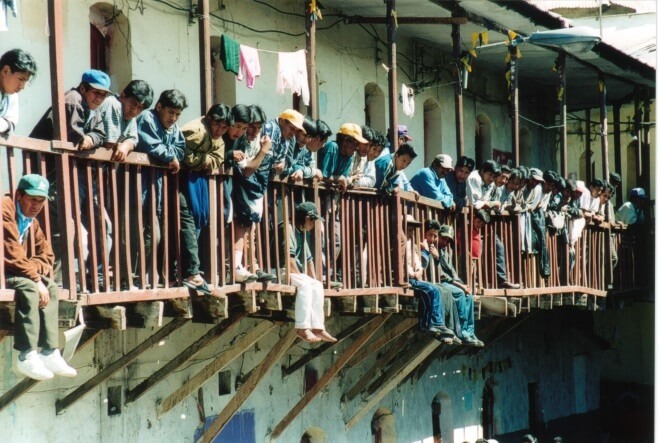
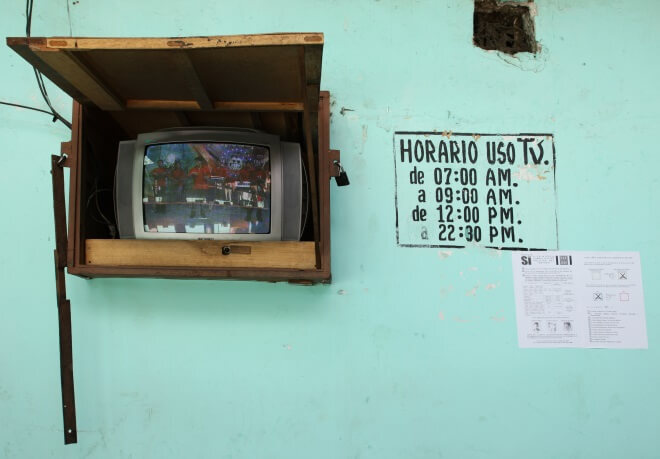
However, protecting kids doesn’t make all threats go away. In San Pedro, drug use is widespread. Bolivia is the third-largest producer of cocaine in the world, and most of its prisoners are there for drug-related offenses like manufacturing, trafficking, and smuggling. Once inside, they have the know-how and connections to carry on with their business. Because of this, cocaine in the prison is less expensive and purer than anywhere else. Numerous prisoners are dependent on cocaine, which makes them aggressive and unpredictable. It happens frequently to get stabbed. The Don’t Imprison My Childhood campaign aimed to get the kids taken out of the situation because it is not a place where a child should grow up. The kids were allowed to stay, but the prisoners rose up in revolt.
“On and off over the past two decades, enterprising English-speaking inmates have conducted tours of San Pedro. Tourists can buy handicrafts, sample the local cuisine at restaurants, or simply chat with inmates and their families”
It’s a difficult problem with no simple answer. On the one hand, the families remain together, the prisoners are content, and these kids could potentially have much worse circumstances outside, such as living on the streets. On the other hand, they mix with murderers and drug addicts. Or, more concerningly, sexual offenders, for whom inmates have created their own defense mechanism. A 2-meter-deep “swimming pool” called la piscina is used to electrocute, beat, stomp on, and electrocute anyone suspected of committing sex offenses. True harsh justice. But the alternative is just as abhorrent.
A 12-year-old girl in San Pedro was discovered to be pregnant in a shocking incident that made international headlines in 2013. Authorities believed her father and uncle had sexually assaulted her repeatedly over a five-year period. San Pedro will be shut down in three months, according to the prisons minister.
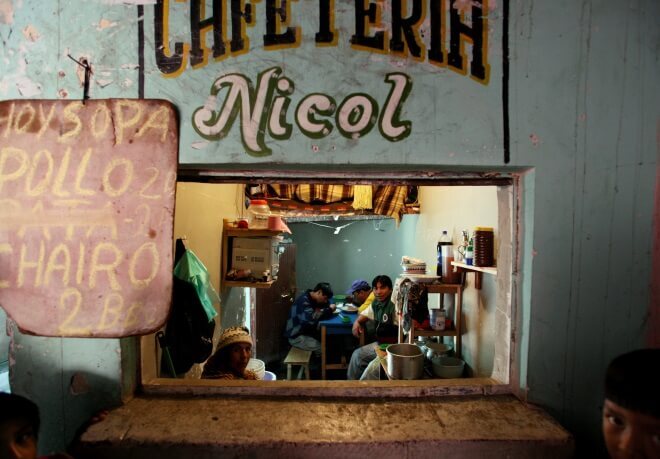
Unusual visitors are not limited to women and children. Over the past 20 years, English-speaking inmates have occasionally given tours of San Pedro. Thomas McFadden, a British prisoner of African descent who was caught attempting to smuggle 5 kilograms of cocaine through the airport, started them. McFadden, who was illiterate in Spanish and was penniless, hit upon the profitable notion of charging travelers to see him. Tourists would pay $5, leave their passports with security as collateral, and then, escorted by McFadden and his bodyguards, spend an hour navigating the maze of corridors.
Visitors could purchase handicrafts, dine at local eateries, or simply strike up a conversation with prisoners and their families. For the less fortunate inmates, they frequently brought in much-needed food, clothing, and medical supplies. Tourists with more courage could even spend the night for an extra $5.
“With every newspaper scandal, locals shake their heads and roll their eyes, in a mixture of disgust and bemusement. To them, San Pedro is like a tragic soap opera, stuck on repeat, unlikely to ever change. And they’re probably right”
San Pedro, according to many travelers, was less expensive than a hostel. McFadden’s parties could go on for days if you include alcohol and pure cocaine. The notorious Prisoners’ Day Party, which takes place every September, is the year’s rowdiest event. Each section hires a rock band to perform ballads from Bolivia while attractive women in skimpy attire parade around on stages.
At its height, McFadden’s tours attracted up to 70 visitors each day. San Pedro gained so much acclaim that the Lonely Planet travel guide referred to it as “the world’s most bizarre tourist attraction.” The government refuted the existence of these “illegal tours.” However, they were forced to formally outlaw the tours and take action against drug use and corruption as a result of media exposés and online tourist videos.
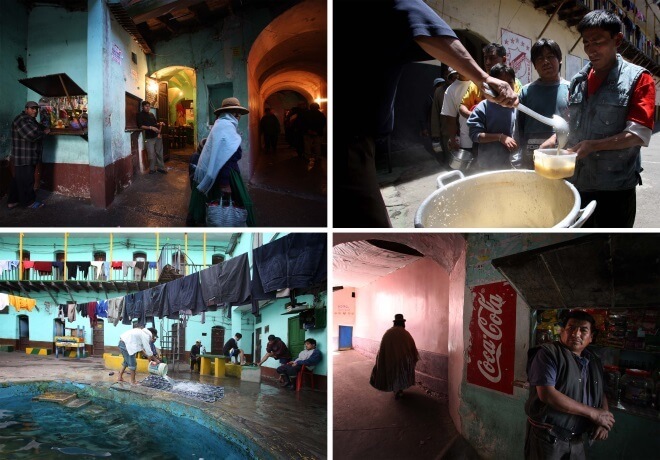
Locals shake their heads and roll their eyes in a mixture of disgust and amusement with every newspaper scandal – cocaine sales, prostitution, prison tourism, murders, police criminality, and child rape. They see San Pedro as a tragic soap opera that is perpetually replaying and unlikely to ever change. They are most likely correct.
San Pedro is still open five years after the rape of a young girl. The status quo is in place. There is still cocaine available. Simply put, the tours have moved outside. As part of a “City Walking Tour,” hundreds of tourists pause each day in the plaza to marvel and snap “selfies” in front of the main gates. A few unlucky individuals occasionally succeed in eluding the dishonest guards and passing a few hours or even a night inside.

In 1954, an Extraterrestrial Bruiser Shocked This Alabama Woman.
In the year 1954, a grapefruit sized meteorite crashed through the roof of a farm house in Alabama, bounced off a large wooden console radio and hit Ann Hodges while she was napping on her couch. This was the first confirmed case of a person to be hit by a meteorite.

A man who has been suffering from headaches for nearly six months discovers chopsticks lodged in his brain
When it was discovered that a Vietnamese man with headaches and vision problems had chopsticks lodged in his brain, the doctors were almost as surprised as the man himself.

The Bizarre (And Magical) Duel Between Chung Ling Soo And Ching Ling Foo
Ching Ling Foo and Chung Ling Soo were two magicians from the early 20th century who were bitter rivals. While Ching Ling Foo was genuinely Chinese, Chung Ling Soo was actually a New Yorker named William Robinson.

The Mystery of Canada's Magical Spotted Lake
Lake Khiluk, the world's most mineralized lake, and one of the most mysterious places on Earth. Each of these spots has a distinct chemical content and is said to cure various diseases.

Vakil Batirshin’s Story: How Radiation Exposure Caused Severe Lymph Node Swelling
This is Vakil Batirshin, a man whose severe swelling from enlarged lymph nodes was reportedly caused by radioactive exposure. His condition highlights the devastating and long-term health effects radiation can inflict on the human body—often surfacing years after initial contact. Cases like his underscore the importance of nuclear safety and medical support.

How a Canadian Man Traded a Red Paperclip for a Two-Story Farmhouse
In 2005, Canadian blogger and entrepreneur Kyle MacDonald embarked on an extraordinary journey that captured the world’s imagination. Starting with nothing more than a single red paperclip, Kyle pursued a year-long chain of strategic trades that escalated from small, quirky items to a two-story farmhouse in a small town in Saskatchewan. What began as a playful social experiment became a legendary story of creativity, perseverance, and the power of barter in the digital age.

June and Jennifer Gibbons The silent twin who Only Spoke to Each Other
Identical twins June and Jennifer Gibbons were born on 11 April 1963 at a military hospital in Aden, Yemen where their father worked as part of the Royal Air Force.

The Google Maps Discovery: the Mystery of William Moldt's Disappearance
In 2019, Google Maps helped solve the decades-old mystery of William Moldt, who disappeared in 1997. A former resident spotted his submerged car in a retention pond while using Google Earth. The vehicle, visible since 2007, contained Moldt's skeletal remains, providing closure to his case.

The Astonishing Case of Sanju Bhagat: Living with a Twin Inside Him for 36 Years
Sanju Bhagat, an Indian farmer, lived with an undiagnosed parasitic twin inside his abdomen for 36 years. In 1999, doctors discovered the twin during surgery. This rare condition, fetus in fetu, occurs when a malformed twin is absorbed during pregnancy, surviving within the host sibling's body.

Roller Coasters were First Invented to Distract People from sin
Roller coasters were invented to distract Americans from sin. In the 1880s, hosiery businessman LaMarcus Thompson didn’t like that Americans were going to places like saloons and brothels and created the first roller coaster on Coney Island to persuade them to go there instead.

Mystery SOLVED: blood Rain in India
The dissemination of spores of microalgae has been identified as the origin of the 'Blood Rain' phenomena, according to a new study by Indian and Austrian experts. Since 1896, reports of intermittent red-colored rain in portions of Kerala and Sri Lanka have been coming in. The most recent one occurred in 2013 over Kerala.

Thousands of Rare "Ice Eggs" Blanket Finnish Beach in Spectacular Natural Phenomenon
Thousands of ice balls recently covered a beach in Finland, a rare phenomenon caused by wind and waves sculpting pieces of ice into smooth spheres. These "ice eggs" can vary in size from chicken eggs to soccer balls and have also been spotted in other cold regions globally.

[solved] “macaroni mystery”, 500 pounds of pasta dumped in new jersey
In April 2023, Old Bridge, New Jersey, faced a peculiar 'Macaroni Mystery' when 500 pounds of pasta were mysteriously dumped in the woods.

Chocolate Rain in Switzerland: How a Factory Malfunction Turned Olten Into a Sweet Spectacle
In 2020, chocolate 'rained' from the sky in a town in Switzerland. This incident was caused by a ventilation system malfunction at a chocolate factory in Olten. Strong winds then carried the snow-like cocoa powder and spread it around in the immediate vicinity of the factory, covering cars and other things in chocolate.

The Story of the Hidden Flight Simulator Game in Microsoft Excel 97
Before smartphones ruled hidden gaming, Microsoft slipped an extraordinary secret into one of its flagship office programs: a fully functional flight simulator game inside Excel 97. This little-known Easter egg captivated users who discovered a way to pilot a plane through the grid-like interface. Explore how this unexpected feature was created, the tech magic behind it, and why it remains a legendary piece of software lore.

Upside-Down Fig Tree From The Roof Of An Ancient Ruin in Italy
There is an upside-down fig tree in Bacoli, Italy. No one is quite sure how the fig tree ended up there or how it survived, but year after year, it continues to grow downwards and bear figs.

This Yogi Spent 76 Years Without Eating or Drinking Anything and Confirmed by
Prahlad Jani, the starving monk who lived 76 Years without food and water.

Why This Belgian Bar Makes You Trade Your Shoe for a Beer
To prevent tourists from stealing their beer glasses, some bars in Belgium require people to hand over one of their shoes as a deposit which is then put in a basket and hung from the ceiling. These shoe baskets have also become an attraction.

Pierre Brassau: The chimpanzee painter who deceived the avant-garde world
Abstract paintings by a previously unknown artist “Pierre Brassau” were exhibited at a gallery in Sweden, earning praise for his “powerful brushstrokes” and the “delicacy of a ballet dancer”. None knew that Pierre Brassau was actually a 4 year old chimp from the local zoo.

Frank Lentini, The Three-Legged Sideshow Performer
Francesco Lentini was a man with three legs, four feet, sixteen toes, and two sets of functional male genitals. He worked for the circus and lived to be 78 years old.

The true story of Josephine Myrtle Corbin, the lady born with four legs and two private parts
Josephine Myrtle Corbin, an American sideshow performer born in 1868, had a rare condition known as dipygus, which caused her to have four legs, each smaller inner leg paired with one of her outer legs. Corbin joined the sideshow circuit, captivating audiences as the "Four-Legged Girl from Texas."

The “Walking” Palm, tree species can walk up to 65 feet each
This tree species can walk up to 65 feet each year to find the best habitat to live in.

In Pakistan, this banyan tree has been arrested since 1898
In Pakistan, a tree has been arrested and chained since 1898. When a British officer who was drunk assumed it was leaving its place, it was arrested. The tree, which is presently located on the grounds of the Pakistan Army's Landi Kotal cantonment, continues to attract visitors and locals everywhere.

Lucy and Maria The Biracial Twin Sisters with Rare Black and White Skin Colours
Lucy and Maria Aylmer are twins, but they have a hard time to convincing people. Even though they have mixed-raced parents, their mom was still shocked when the midwife handed her babies she’d expected to look alike, but were complete opposite.

The story of Bill Haast, who lived to be 100 despite his extensive snake venom injections
Bill Haast immunized himself by injecting snake venom into his blood for several years. He holds the Guinness World Record for surviving the most lethal snake bites, having been bitten over 172 times. Bill became known as "Snake Man" around the world and lived for over 100 years.

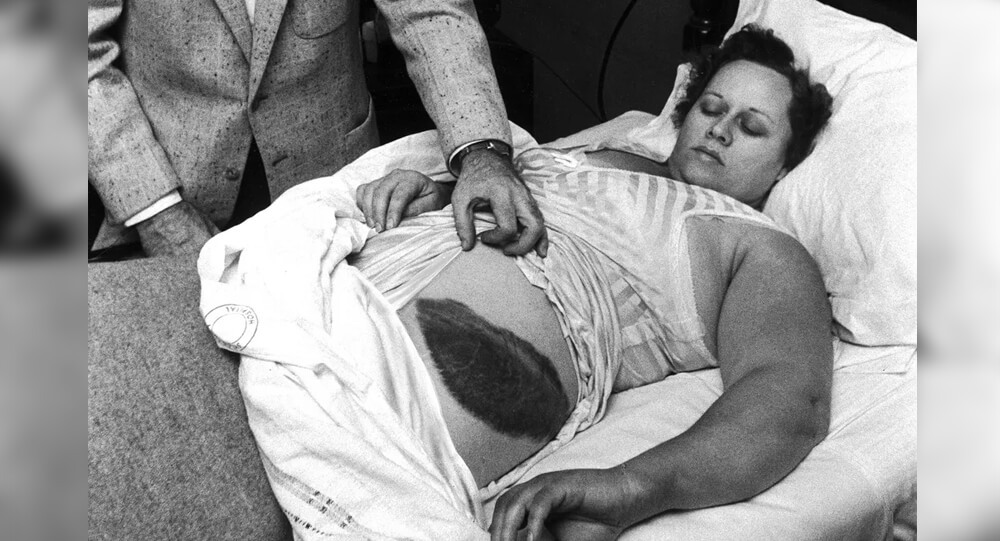

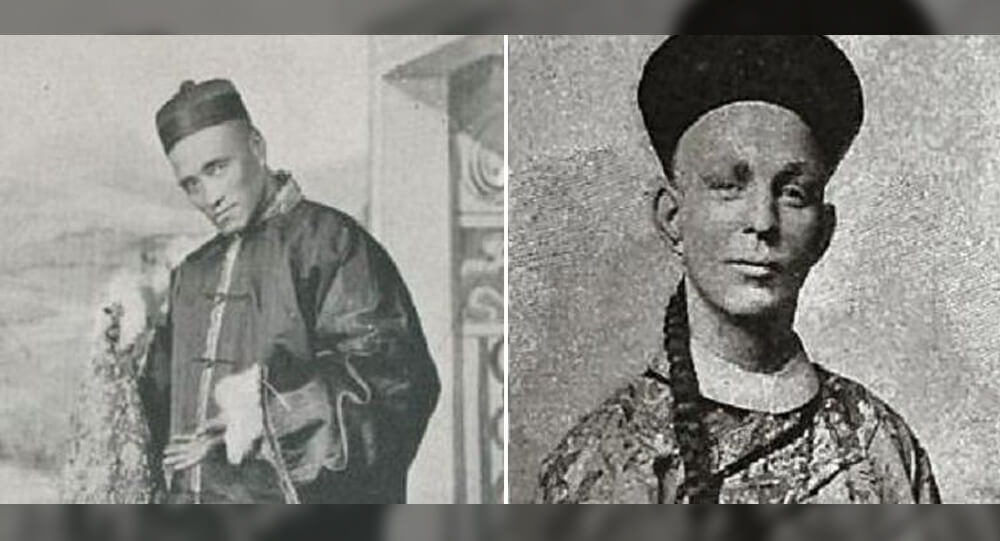

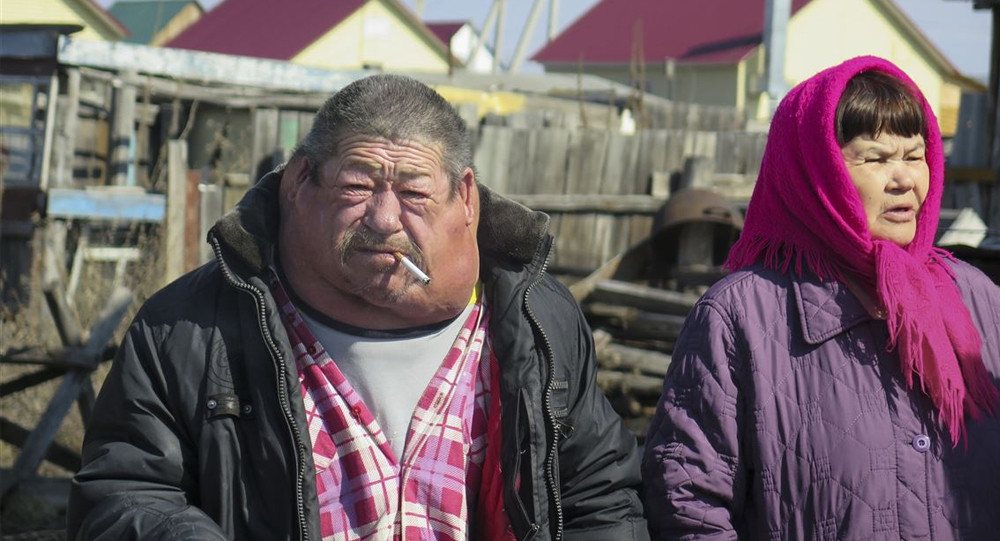
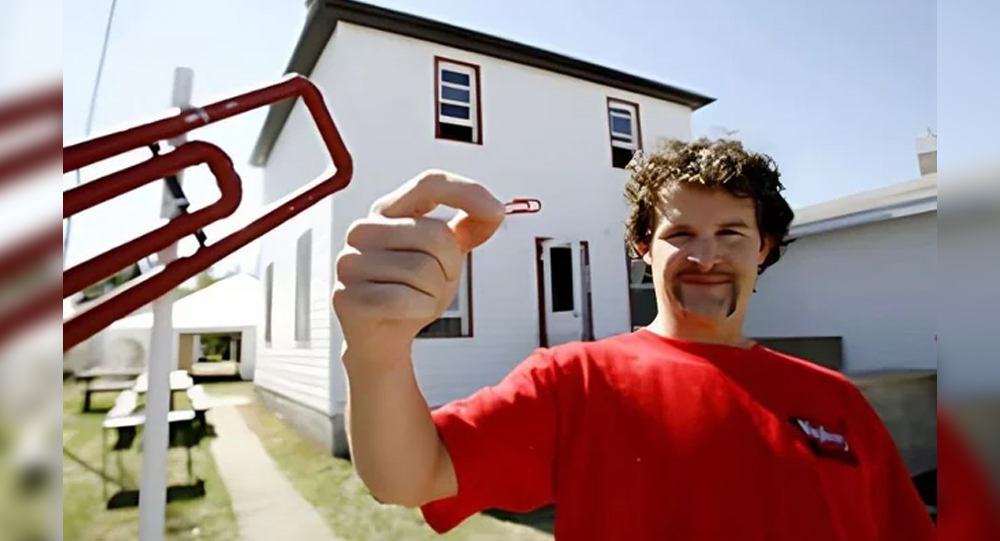
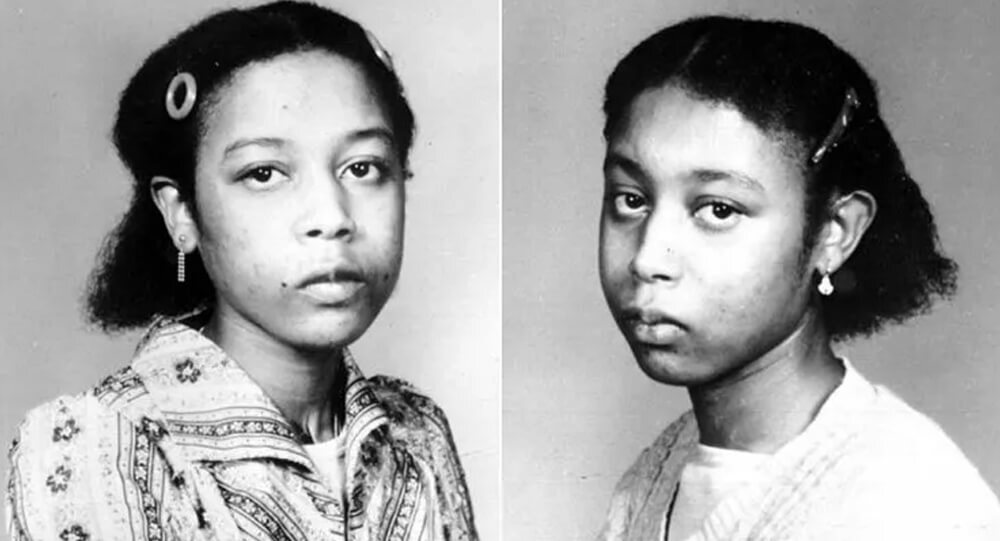
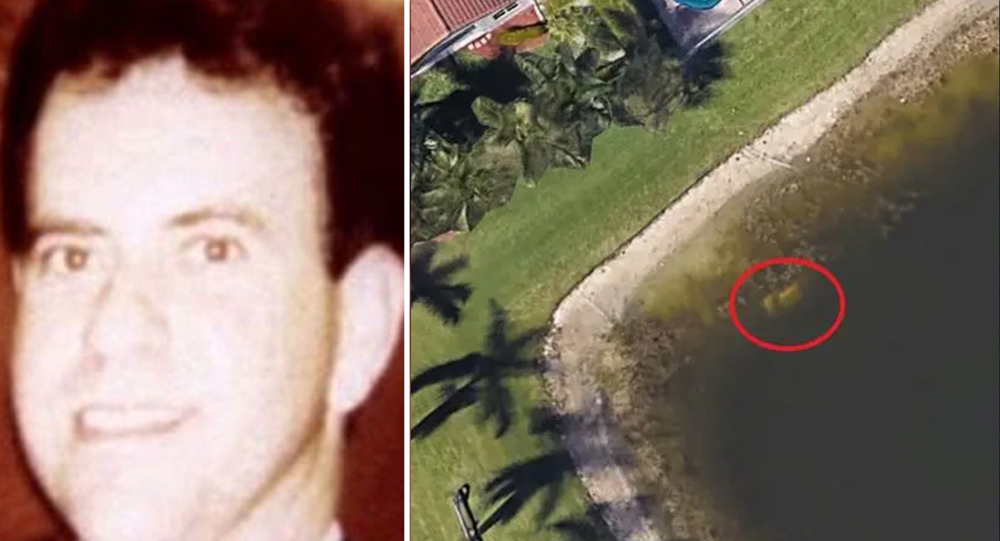
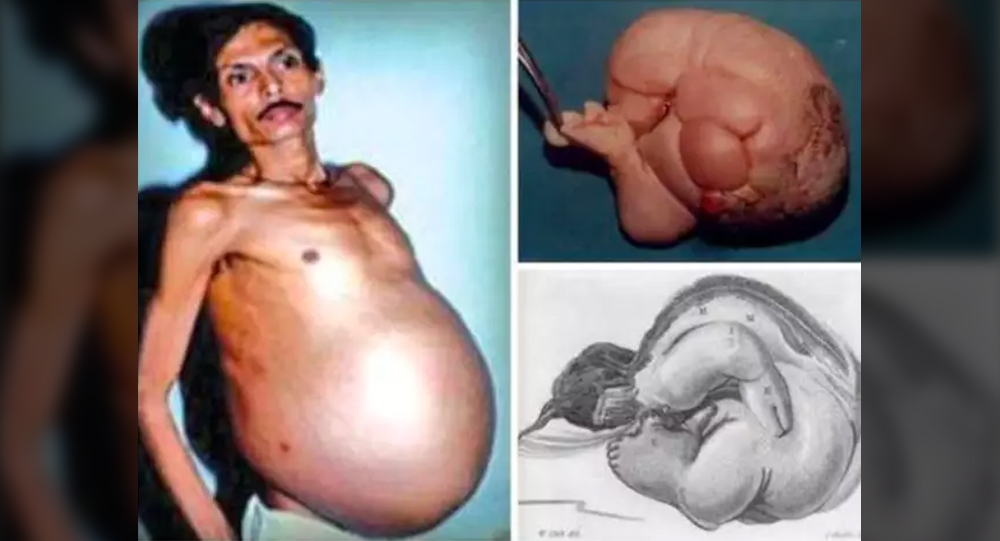
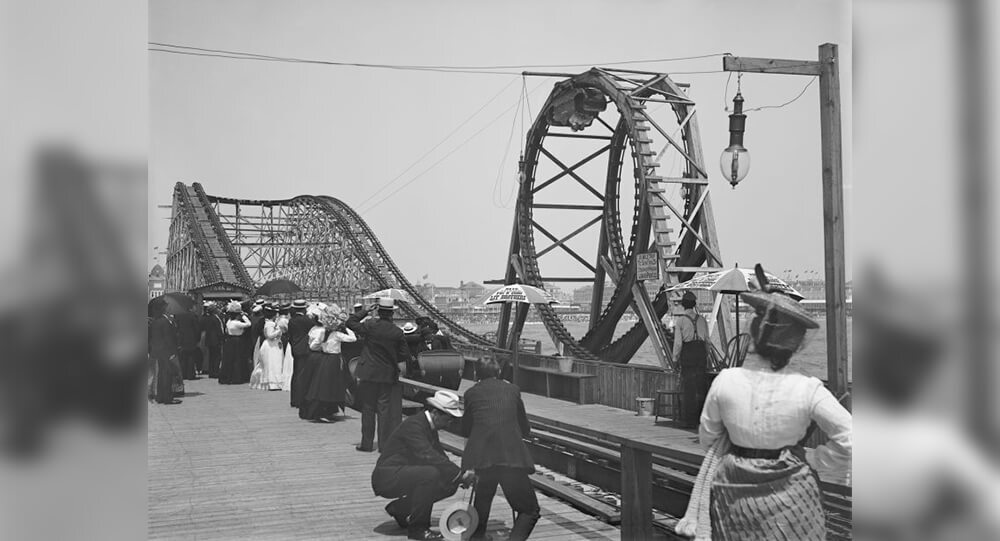
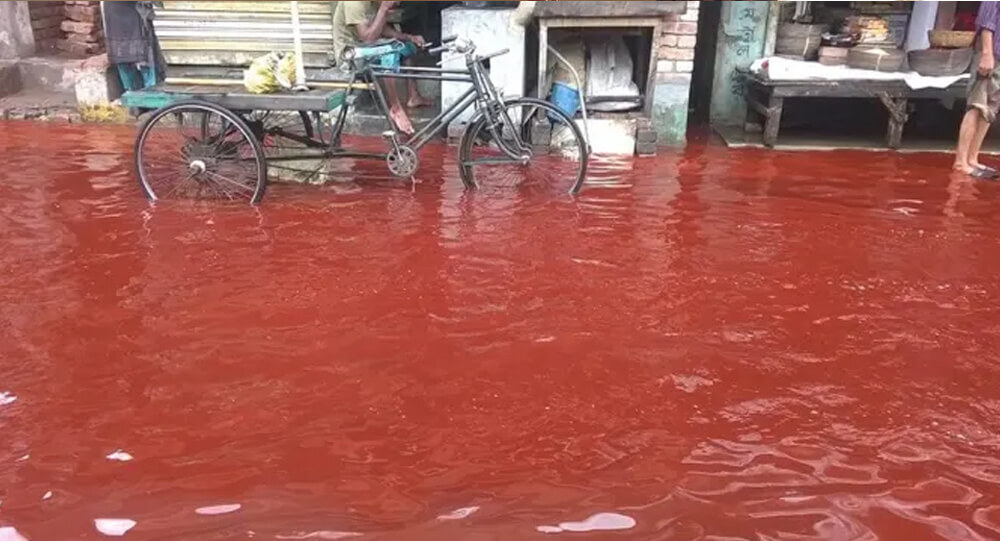

![[solved] “macaroni mystery”, 500 pounds of pasta dumped in new jersey](https://weeklyrecess.com/wp-content/uploads/2024/05/Macaroni-Mystery-cover.jpg)
